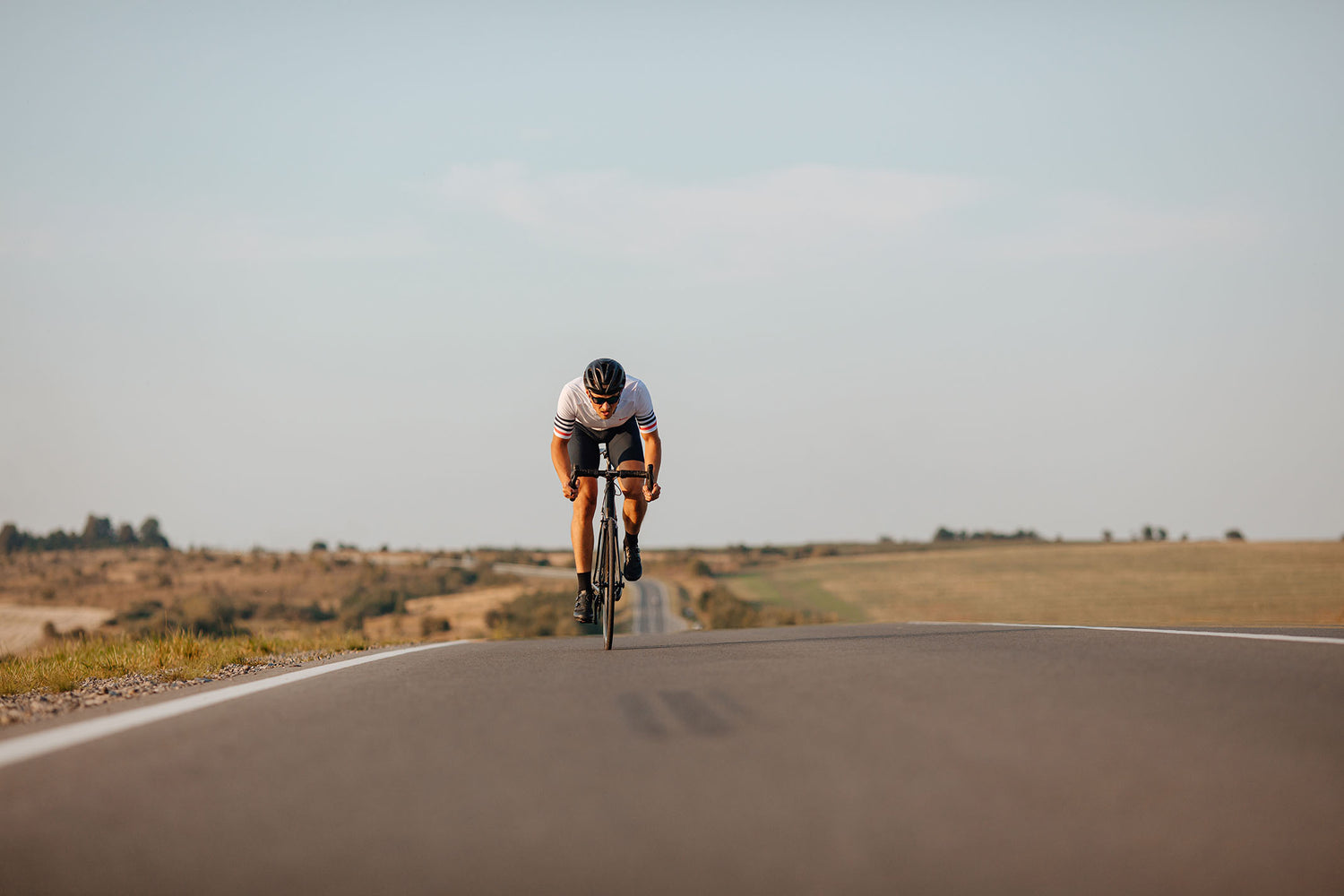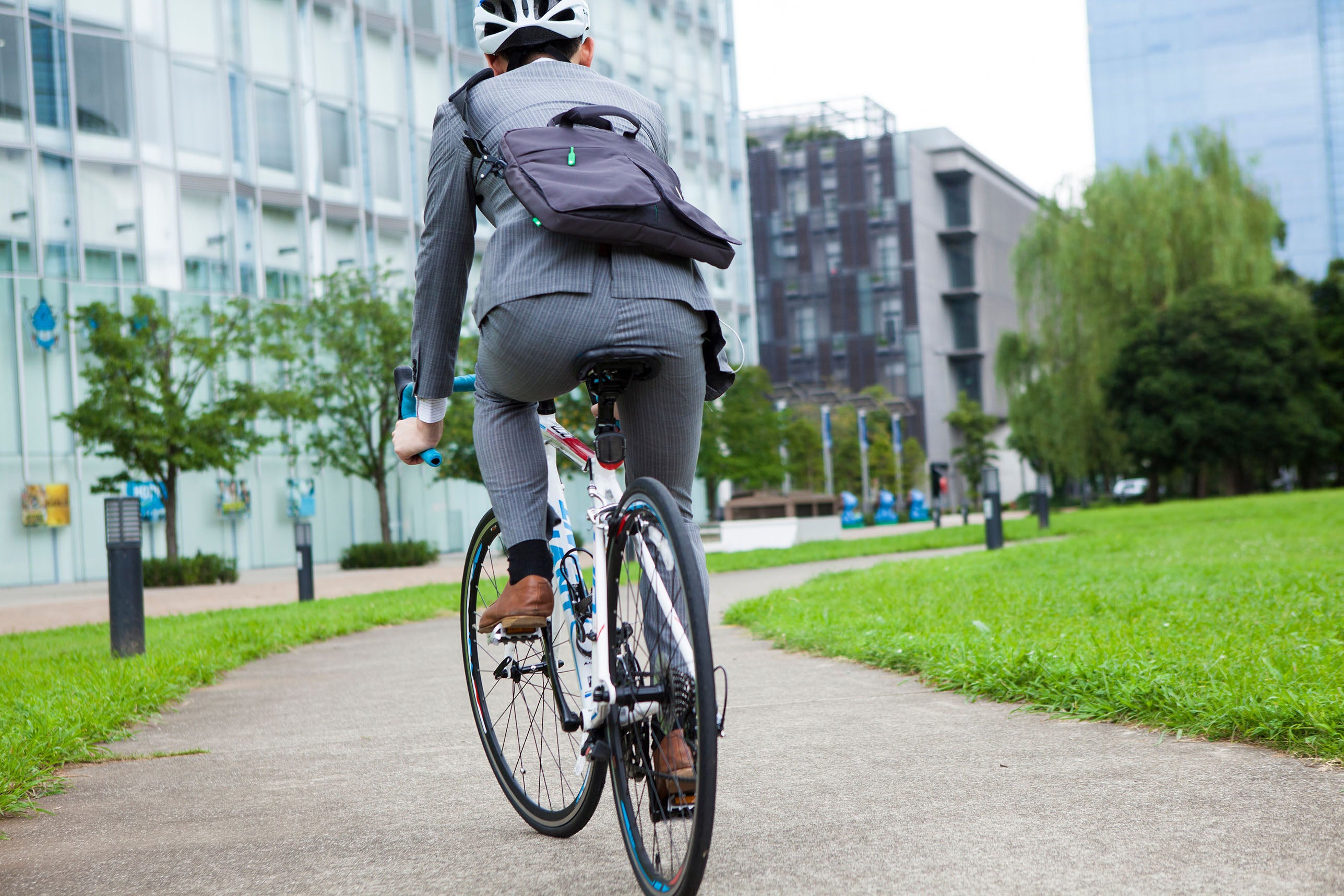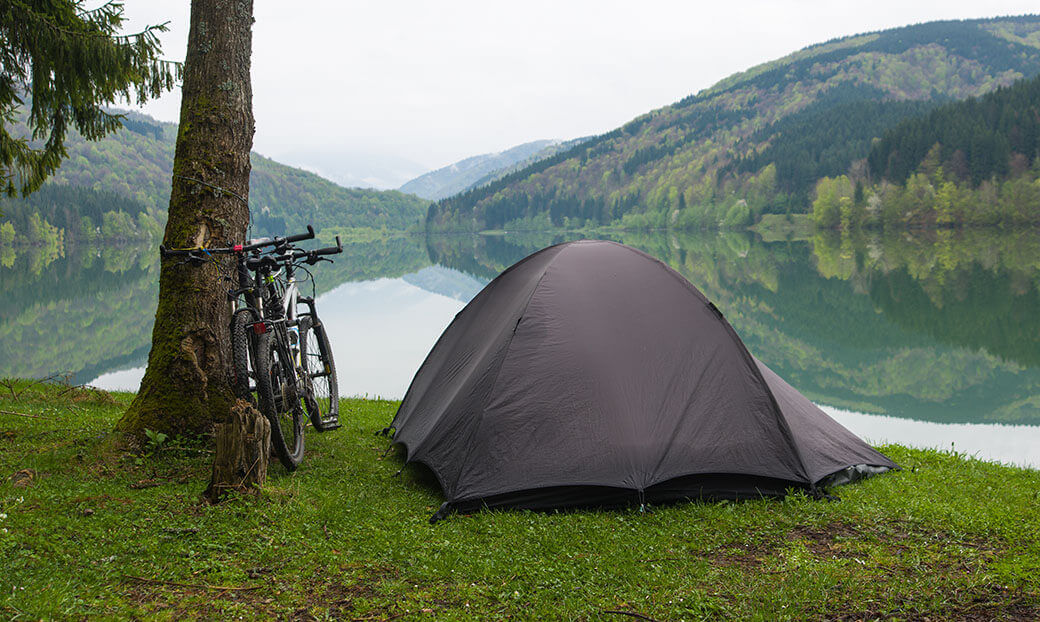Whether you're new to cycling or have been cycling for years, the thrill and excitement of heading out on your bike never gets old. Riding around the lake with friends or crushing the KOM on your local climb cycling offers something for everyone. Regardless of your fitness or experience level, cycling is a sport for all.
As an experienced rider and professional coach for more than 20 years, I love all kinds of cycling, from conquering epic climbs to racing and social weekend rides with friends, but the ride I look forward to most is those long-distance rides.
A long-distance ride demands much more than slamming the pedals for 8 hours and, in fact, requires an entirely different skillset from other rides. Factors like plotting your route and making sure you're fuelled correctly are just two elements that need to be considered. Then there's your iPhone; the last thing you want is your phone battery to run dry, so making sure you have an iPhone-compatible charging case is also a must.
The rewarding feeling of finishing a long-distance ride is tough to put down in words, which is exactly why I'm writing this article; I want you to experience the beauty of a long-distance ride for yourself.
In this guide to long-distance cycling, you'll learn:
- Physical preparation
- The essential equipment you’ll need
- Fuelling correctly
So whether you're planning a one-day ride or a multi-day trip, the advice outlined in this guide is designed to make your riding experience one that's not only stress and pain-free but one you'll remember for a lifetime.
Preparing For Your First Long Ride

Although this seems like an obvious tip, you'd be amazed at how many clients I've coached who have failed to understand the importance of physical preparation. There's a misconception that riding a bike is easy, and it is, but when you're talking about riding 60 or 100 miles, then you're talking about a whole new ball game.
Many cyclists believe that because they've ridden 2-hour rides 100s of times, making the jump to an 8 or 10-hour ride is easy; unfortunately for them, they find out pretty quickly that nothing could be further from the truth.
If you're a cyclist who rides or commutes to work 3 hours a week, then bumping that number up by an extra hour gradually over a few weeks is the easiest way to get your body used to the longer saddle time. Going from 3 hours a week in the saddle to 4 hours a week over a month is more than adequate. Doing more than that is a sure-fire way to increase your chance of serious injury, which is the last thing you want when preparing for your first long-distance ride.
I generally ride between 1 to 2 hours on weekdays and leave the longer rides of 5 to 6 hours on Saturdays with Sunday completely off. I can recover with this plan, yet it still gives me sufficient time in the saddle to prepare for the longer rides on Saturdays.
Essential Equipment For Your Long-Distance Ride
Before you set off on your first long-distance ride, you'll, want to make sure you have a few essentials with you. Your iPhone and a charging case are probably the most important pieces of equipment you don’t want to forget.
The best iPhone charging case on the market is one that's durable and constructed from high-quality shock-absorbing materials and keeps your iPhone protected while you ride. Now imagine if that same charging case charged your phone wirelessly with the touch of a button; well, that's exactly what the StrideCharge does. This iPhone-compatible charging case has an innovative and patent-pending design, that lets you mount your iPhone to your bike and use it while it's charging.
Other essential tools are:
- A multi-tool
- A repair kit
- Sunglasses
- Appropriate clothing
- iPhone
Before you head off, don't forget to check your tires for wear and tear along with other components such as your brakes, chain, and helmet. Take some I.D. with you and some cash because it's always better to be safe than sorry.
Fueling Correctly For Your Long Ride
Making sure that you stay hydrated is an absolutely critical component to ensuring the success of your first long ride. Just as you shouldn't leave home without a charging case for your iPhone, neither should you forget to jam-pack your bottle with all the nutrients you'll need to get through the ride.
As a professional coach who has led international sporting bodies, I could take a deep dive into this topic, but let me keep it simple instead of doing that.
Drinking a bottle of water every hour while you're on the bike is the easiest way to ensure you're fuelled correctly. Sports drinks are also an excellent option because they contain electrolytes essential for performing at your best. Eating while riding is also recommended for longer rides. I always pack a peanut butter and jam sandwich and a snickers bar. Now, although I wouldn't usually recommend a snickers, it's a long ride, and it gives me a little pep up.
Typically your body can consume between 60 to 90 grams of carbs per hour, but on longer rides, don't be afraid to stop off at the coffee shop and eat an extra croissant or two. A final word of caution is to stay away from eating or drinking foods you've never tried before, as your body may react in ways that could be uncomfortable, if you know what I mean.
That’s A Wrap
There you have it; all the essential information you need to ensure your long-distance ride is a success. Fuelling correctly and preparing physically and mentally are two of the most critical factors you need to address. Oh, and don't forget your charging case.
Cycling is supposed to be fun, so don't take it too seriously and push your body too hard. If you feel pain or are getting tired, take a break, sit down and enjoy an espresso and a nice chocolate donut.




Leave a comment
This site is protected by hCaptcha and the hCaptcha Privacy Policy and Terms of Service apply.